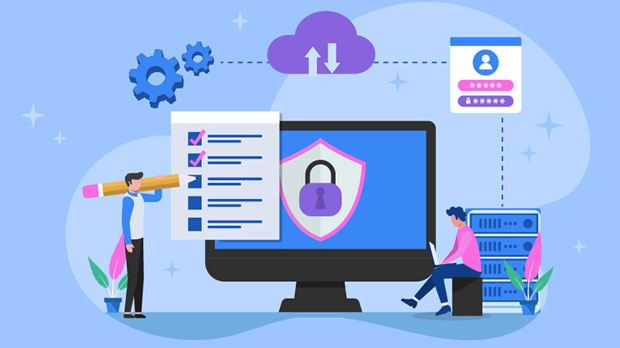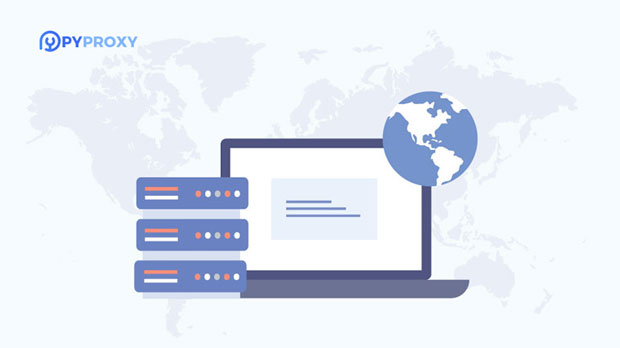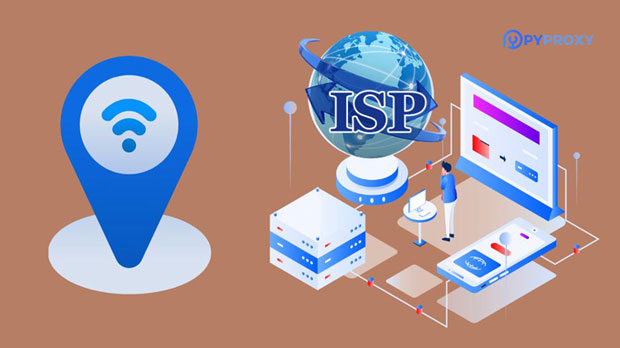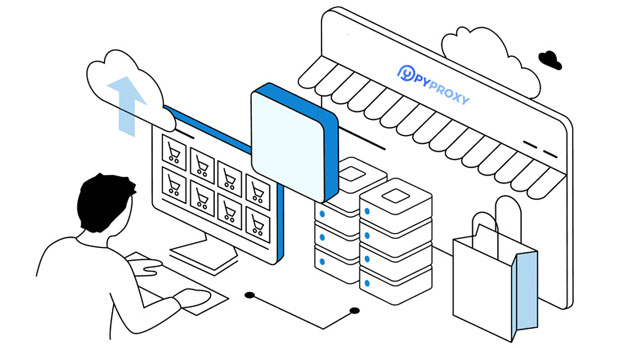The demand for internet proxies has been on the rise in recent years, driven by the need for online privacy, security, and scalability. Among the various types of proxies available, Socks5 residential proxies have gained significant attention for their ability to mask users' real IP addresses by routing internet traffic through residential IPs. But one common concern among users is whether Socks5 residential proxies can handle high-concurrency access. This article will explore the capabilities of Socks5 residential proxies when it comes to high-concurrency environments, focusing on their performance, limitations, and potential solutions for optimizing their usage. Understanding Socks5 Residential ProxiesBefore diving into the question of high-concurrency access, it's important to first understand what Socks5 residential proxies are and how they work. A proxy server acts as an intermediary between the client (user) and the target server, facilitating the routing of internet traffic. Socks5, a version of the Socks (Socket Secure) protocol, allows users to route various types of traffic (such as HTTP, FTP, and P2P) through a proxy server.Residential proxies are different from datacenter proxies in that they use real residential IP addresses, which makes them less detectable and more reliable for long-term use. Residential socks5 proxies allow for the use of these IPs, making them more effective for web scraping, bypassing geo-restrictions, and performing other activities that require anonymity and stability.High Concurrency: What Does It Mean for Proxies?Concurrency refers to the ability of a system to handle multiple operations at the same time. In the context of proxy servers, high concurrency means the ability to process a large number of simultaneous requests without degradation in performance. This is especially crucial for businesses and individuals involved in web scraping, data collection, or managing large-scale marketing campaigns.In high-concurrency environments, proxy servers must be able to handle numerous simultaneous connections without significant delays, errors, or downtime. This requires efficient routing, robust infrastructure, and the capacity to manage a large volume of traffic.Performance of Socks5 Residential Proxies in High-Concurrency SituationsWhen evaluating whether Socks5 residential proxies can support high-concurrency access, there are several performance factors to consider:1. Speed and LatencyResidential Socks5 proxies are generally slower than their datacenter counterparts because they rely on real residential IPs, which may be subject to bandwidth limitations and geographical factors. In high-concurrency scenarios, latency (the delay between sending a request and receiving a response) can become a significant concern. As the number of concurrent requests increases, latency tends to rise, which can slow down the overall performance of the proxy.However, Socks5 proxies are known for their efficiency in routing data, and when properly configured, they can minimize latency. By selecting proxies from geographically closer regions, it’s possible to reduce response times. Moreover, modern Socks5 residential proxy providers often have optimized infrastructures that help mitigate latency issues during high-concurrency access.2. Bandwidth and ThroughputThe ability of Socks5 residential proxies to support high concurrency is heavily dependent on the available bandwidth. Residential IPs typically have lower bandwidth compared to datacenter IPs, which can limit the number of simultaneous connections a proxy server can handle. In high-concurrency situations, each request consumes a portion of the available bandwidth, and as more connections are made, the available bandwidth gets divided among those connections. This can lead to slower speeds and higher chances of timeouts or failures.To optimize performance, users can employ proxy rotation techniques, where multiple Socks5 residential proxies are used in rotation to distribute the bandwidth load more evenly. This helps prevent any single proxy from becoming overloaded and ensures smoother performance across multiple simultaneous connections.3. Reliability and StabilityOne of the major advantages of using residential proxies, including Socks5, is their reliability and stability. Since residential IPs are real IP addresses provided by ISPs, they are less likely to be blacklisted or flagged by websites, which is a common issue faced by users of datacenter proxies. This is especially crucial in high-concurrency environments where continuous connections and interactions with target websites are required.However, it’s important to note that even residential proxies can experience issues with reliability when subjected to extreme high-concurrency scenarios. The more requests that are made, the higher the likelihood of encountering connection errors or instability. To avoid these issues, users should ensure that their Socks5 residential proxies are properly maintained and regularly rotated.Limitations of Socks5 Residential Proxies in High-Concurrency AccessWhile Socks5 residential proxies offer many advantages, there are some limitations when it comes to handling high-concurrency traffic:1. CostResidential proxies, especially those that support Socks5 protocol, are typically more expensive than datacenter proxies. This is because they use real residential IPs, which incur higher costs for the proxy provider. When handling high-concurrency access, the cost of using multiple residential proxies can become prohibitive, especially for small businesses or individual users. 2. Limited AvailabilityNot all residential proxy providers offer high-concurrency solutions. While some may support thousands of simultaneous connections, others may have restrictions on the number of concurrent requests that can be made. It’s crucial for users to select a provider that can meet the requirements of their specific use case.3. Bandwidth CapsMany residential proxy providers implement bandwidth caps to ensure fair usage across their network. These caps can limit the total amount of traffic a user can send through the proxies, which could affect high-concurrency usage. Users should check the terms and conditions of their proxy provider to ensure they won’t hit any bandwidth limits during high-concurrency access.Optimizing Socks5 Residential Proxies for High-Concurrency AccessThere are several ways to optimize Socks5 residential proxies for high-concurrency scenarios:1. Proxy RotationTo distribute the load more evenly across multiple proxies, it’s essential to rotate the IP addresses used for each connection. Proxy rotation reduces the chances of individual proxies becoming overwhelmed and ensures a consistent flow of traffic. Most advanced proxy services offer automatic proxy rotation, which can be configured to handle high-concurrency tasks effectively.2. Load BalancingLoad balancing involves distributing traffic evenly across multiple proxies, ensuring that no single proxy becomes overloaded. By using load balancing techniques, users can maintain optimal performance even in high-concurrency environments.3. Choosing a Reliable Proxy ProviderThe reliability of the proxy provider plays a critical role in handling high-concurrency access. It’s important to choose a provider that offers a stable network infrastructure, provides enough bandwidth, and supports large-scale operations.Socks5 residential proxies have the potential to handle high-concurrency access, but their performance depends on several factors, including speed, bandwidth, reliability, and cost. While they may not be as fast as datacenter proxies, they offer a higher degree of anonymity and security, which makes them suitable for many high-concurrency applications. By employing techniques such as proxy rotation and load balancing, users can optimize their usage of Socks5 residential proxies to ensure smooth performance in high-demand scenarios.
Sep 29, 2025


































































